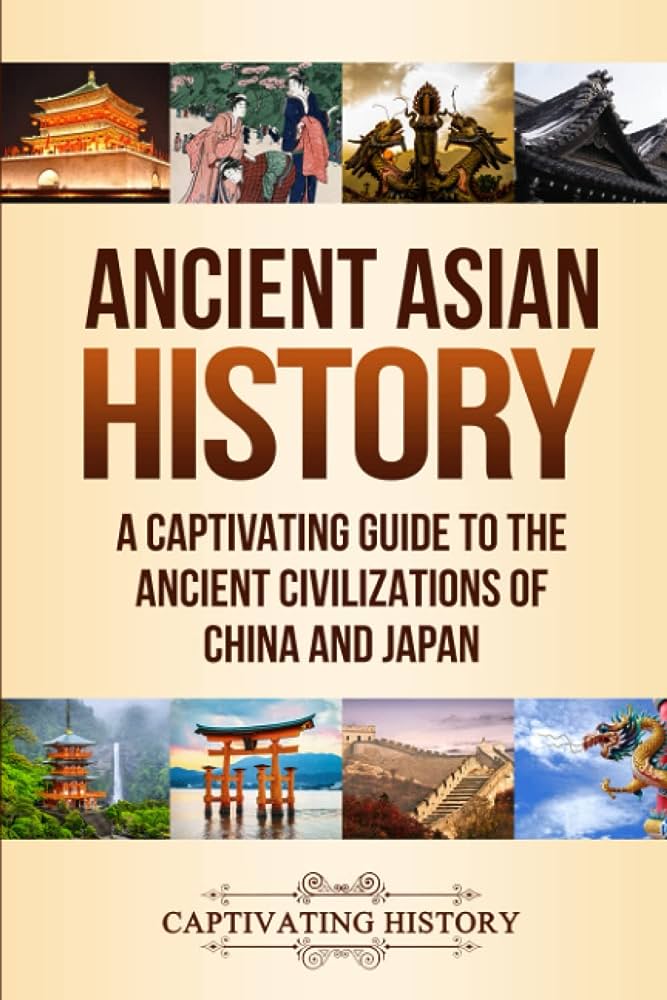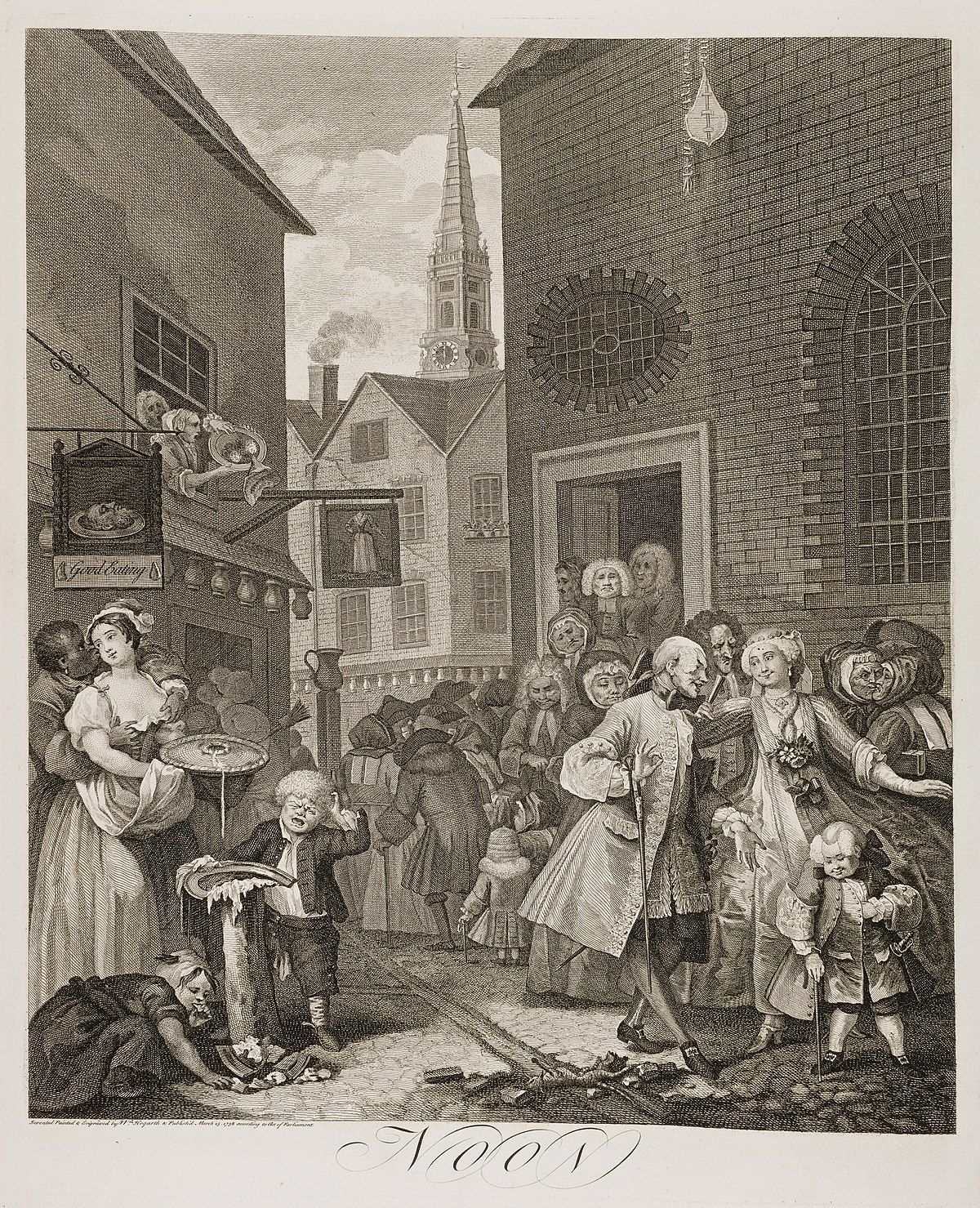Welcome to 19th Century, a blog dedicated to exploring the fascinating world of the past. In this article, we transport you back to the extravagant and mysterious world of 19th century masquerade balls. Discover the opulent costumes, grand venues, and secret identities that made these events the highlight of high society. Join us as we delve into the enchanting realm of the 19th century masquerade ball.
Unveiling the Extravagance: Exploring 19th Century Masquerade Balls
Masquerade balls were a prominent social event in 19th century society. They were characterized by their extravagance and opulence, providing an escape from the rigid social norms of the time. Participants donned elaborate costumes and masks to conceal their identities, creating an air of mystery and intrigue.
These events were often held in grand ballrooms and palaces, offering a glimpse into the luxurious lifestyle of the upper class. Attendees would arrive in horse-drawn carriages, adding to the grandeur of the occasion. The venues were adorned with elaborate decorations, including chandeliers, velvet drapes, and floral arrangements, evoking an enchanting ambiance.
The masquerade balls served as a social gathering for the elite, giving them an opportunity to display their wealth and form alliances through conversations and dances. High society women would showcase their elegant gowns adorned with intricate lace, feathers, and jewels, while men would wear tailored suits and elaborate masks.
Music played a vital role in setting the festive mood. Live orchestras would perform lively waltzes, polkas, and quadrilles, encouraging guests to take to the dance floor. The masks would add an element of mystery, allowing individuals to dance and converse with anonymity, blurring the boundaries between different social classes.
Despite the allure and excitement surrounding masquerade balls, they were not without controversy. Some viewed these events as opportunities for illicit behavior and indiscretions due to the anonymity afforded by the masks. Nonetheless, these gatherings became a significant aspect of 19th century culture, bridging the gap between fantasy and reality.
Masquerade balls in the 19th century were lavish events that allowed the upper class to indulge in extravagance and break free from societal constraints. These gatherings provided a platform for displaying wealth, forming connections, and escaping the limitations of social hierarchy.
Mariners Ichiro’s Marty Action Slow [Masquerade Award Official]
A playlist for a 19th century villain scheming against his enemies
Were masquerade balls held during the 19th century?
Yes, masquerade balls were indeed held during the 19th century. These elaborate and extravagant events were popular among the upper classes and were a way for people to socialize and display their wealth and status. Participants would dress up in ornate costumes and masks, often portraying historical or fictional characters. The atmosphere was filled with music, dancing, and entertainment. Masquerade balls were particularly prominent during the Victorian era and were featured in literature and art of the time. They provided a temporary escape from societal norms and allowed individuals to indulge in fantasy and mystery.
Were masquerade balls a popular event during the 19th century?
Masquerade balls were indeed a popular event during the 19th century. These lavish parties, characterized by guests wearing masks and costumes, were immensely popular among the upper classes of society. They provided an opportunity for individuals to disguise their identities and indulge in a night of revelry and intrigue. The atmosphere was often ornate and dramatic, with grand decorations, live music, and elaborate dances. Masquerade balls allowed attendees to escape from the constraints of their daily lives and participate in a world of fantasy and mystery. These events were particularly popular in Europe, with cities like Paris, Vienna, and London hosting extravagant masquerade balls on a regular basis.
Did the Victorians participate in masquerade balls?
Yes, the Victorians did participate in masquerade balls during the 19th century. Masquerade balls were a popular social event that involved attendees wearing masks and often elaborate costumes to conceal their identities. These events provided an opportunity for people from different social classes to interact and engage in playful anonymity. Victorian masquerade balls were known for their extravagance and opulence, with lavish decorations, live music, and dancing. They were often held in grand venues such as ballrooms or large estates. Attending a masquerade ball was seen as a way to display one’s status, style, and taste. The costumes worn at these events were often inspired by historical periods, fictional characters, or mythical creatures. Additionally, masquerade balls became more popular during the Victorian era as the interest in romanticism, fantasy, and the fascination with the exotic grew.
In what era were masquerade balls held?
Masquerade balls were held primarily in the 19th century, particularly during the Victorian era. These extravagant events were popular among the upper classes and offered a thrilling escape from everyday life. Participants would don masks and costumes, allowing them to assume different identities and mingle freely in a fantasy-like environment. Music, dancing, and elaborate decorations were all key features of masquerade balls, creating an enchanting ambiance for the attendees. These events allowed people to indulge in creativity, mystery, and a sense of playful anonymity. Masquerade balls continued to be held throughout the 19th century, providing a delightful and entertaining social occasion for the affluent societies of the time.
Frequently Asked Questions
What was the significance of masquerade balls in 19th century society?
During the 19th century, masquerade balls held significant cultural and social importance. These lavish events were seen as a form of entertainment and a way for the upper classes to engage in social interactions.
One of the key significances of masquerade balls was the opportunity they provided for individuals to temporarily shed their social roles and identities. By wearing elaborate masks and costumes, participants could conceal their true identities and instead adopt personas that differed from their everyday lives. This allowed for greater freedom of expression and the ability to interact with others in a more uninhibited manner.
These balls also served as a platform for individuals to display their wealth and social status. The grandeur of the decorations, music, and attire showcased one’s financial means and social standing. Lavish costumes, intricately designed masks, and opulent accessories were indicators of an individual’s ability to afford such luxury.
Additionally, masquerade balls offered a venue for romantic encounters and courtship. The anonymity provided by masks and costumes encouraged flirtation and intrigue. Participants had the opportunity to explore new connections and engage in playful interactions without fear of judgment or social repercussions.
Furthermore, these events played a role in fostering community cohesion and reinforcing social hierarchies. The act of attending a masquerade ball reflected one’s inclusion within the upper echelons of society. The gatherings allowed individuals of similar social backgrounds to come together, strengthening bonds among the elite and reinforcing their collective identity.
Masquerade balls in 19th century society held great significance as opportunities for social interaction, the display of wealth and status, romantic encounters, and the reinforcement of social hierarchies. They provided a space for individuals to temporarily escape the constraints of their daily lives and immerse themselves in a world of fantasy and mystery.
How did people prepare for and dress at 19th century masquerade balls?
During the 19th century, masquerade balls were highly anticipated social events that required careful preparations and extravagant costumes.
Preparing for a masquerade ball:
Attending a masquerade ball was an elaborate affair, and participants put great effort into preparing for this event. Masks were an essential part of the costume, and individuals would spend significant time in selecting or even designing one that matched their desired character or style. Some masks were made of papier-mâché, while others were crafted from more luxurious materials like silk, velvet, or even porcelain.
Dressing for a masquerade ball:
Attire at a 19th century masquerade ball was expected to be glamorous and ornate. The dress code varied depending on the specific theme of the event or the host’s preferences, but it generally followed the fashion trends of the time. Women typically wore elaborate gowns made of luxurious fabrics such as silk, satin, or velvet. These dresses were often adorned with lace, ribbons, embroidery, and beading. Crinolines, which were hoop skirts worn under the dress to create a voluminous silhouette, were also popular during this period.
Men, on the other hand, often wore formal attire such as tailcoats or frock coats made of fine wool or silk. These coats were typically accompanied by waistcoats (vests) and trousers. Accessories like gloves, pocket watches, and cufflinks were common among men attending masquerade balls.
Both men and women would carefully choose their masks and coordinate them with their outfits. The masks were not mere face coverings but were intricately designed accessories that allowed attendees to disguise their identities and indulge in a sense of mystery and romance. Some masks covered only the eyes, while others covered the entire face, providing an extra level of anonymity.
Attending a 19th century masquerade ball required meticulous preparations and extravagant costumes. These events provided an opportunity for individuals to showcase their creativity, elegance, and social status through their attire and mask choices.
Were masquerade balls primarily attended by the upper class in the 19th century?
In the 19th century, masquerade balls were primarily attended by the upper class of society. These extravagant events were considered a form of entertainment and social gathering for the wealthy and elite. The attendees would dress in elaborate costumes and masks, often depicting historical or mythical figures. Masquerade balls provided an opportunity for the upper class to display their wealth and social status while engaging in a night of dancing, music, and revelry. While some members of the middle class might attend such events, they were generally less frequent and involved smaller gatherings compared to those attended by the upper class. It was during this period that masquerade balls became popular events associated with aristocratic society.
The 19th century masquerade ball was a fascinating social event that played a significant role in the cultural fabric of the time. With its extravagant costumes, stunning venues, and secretive nature, these balls provided an escape from the strict societal norms of the era. They were a platform for individuals to experiment with their identities and personas, often crossing boundaries of class and gender.
Moreover, the masquerade balls served as a reflection of the changing attitudes and values that characterized the 19th century. As society became more industrialized and urbanized, individuals sought ways to break free from the constraints of a rigid social hierarchy. The masquerade ball became an expression of this desire for liberation and self-expression, allowing people to temporarily shed their societal roles and embrace new identities.
However, it is important to acknowledge that the masquerade balls were not accessible to all members of society. They were primarily reserved for the upper classes, who had the financial means to organize and attend such lavish events. Nevertheless, the popularity and allure of masquerade balls spread throughout Europe and eventually made their way across the Atlantic to the Americas.
As we look back on the 19th century masquerade ball today, it continues to captivate our imagination and serve as a reminder of the complex and ever-evolving nature of human society. It remains an iconic symbol of the desire for personal freedom and the exploration of identity. The masquerade ball stands as a testament to the power of art, fashion, and social gatherings in shaping our understanding of history and culture.






